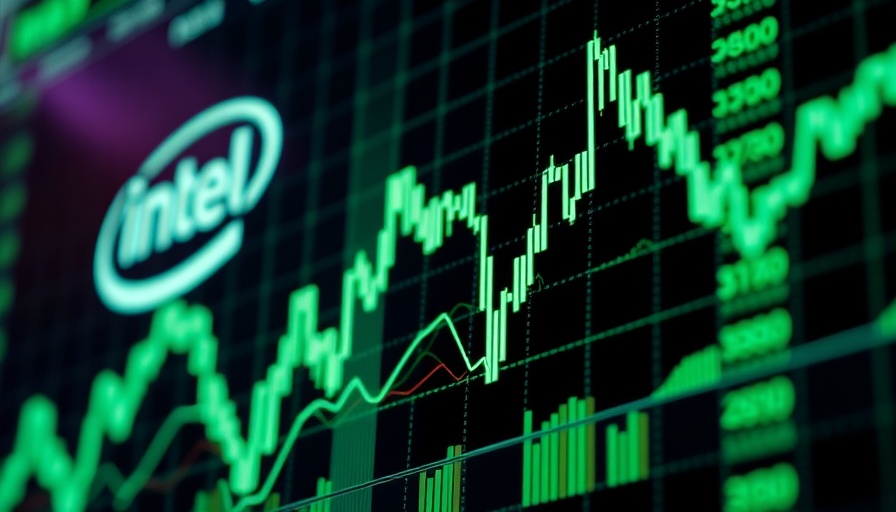
Riding the Wave of Change: Intel's New Leadership
As Lip-Bu Tan steps into the CEO role at Intel, the company is caught in a moment of renewal. With a nearly 7% jump in stock price on his first day, Tan’s leadership marks a critical pivot for a company that has faced significant challenges. Following the resignation of former CEO Pat Gelsinger, who struggled to elevate Intel's position in the competitive semiconductor market, Tan's prior experience at Cadence Design Systems signals a shift towards a more dynamic future for Intel.
Setting Bold Goals: Can Intel Regain Its Former Glory?
Tan's ambitious $400 million performance-based compensation package ties his success to a tripling of Intel's stock price — a daunting task given that the company has lost nearly 40% of its value over the past year. The company's market cap needs to grow by $208 billion to reach this target, which seems radical yet achievable under strategic leadership.
A Disciplined Turnaround Strategy Ahead
Tan brings a wealth of knowledge and discipline, honing in on accountability and execution. "In areas where we have momentum, we need to double down and extend our advantage," he asserts, emphasizing a razor-sharp focus on improving Intel's chip manufacturing and AI strategies. The past four years were turbulent for Intel but now, with support from government initiatives like the CHIPS Act, there is substantial backing to fuel this turnaround.
Innovations on the Horizon
Intel is gearing up for breakthroughs in manufacturing processes with innovations like the 18A node technology, which could position the company ahead of competitors. Tan's plan to streamline operations and invest heavily in R&D is essential to revive Intel’s technological leadership in the face of aggressive competitors like TSMC and Nvidia.
Building Trust Through Relationships
Another major task lies in mending Intel’s reputation within the semiconductor community. Tan’s established relationships across the industry may help overcome skepticism about Intel’s ability to regain its erstwhile dominance. With a focus on attracting critical foundry customers, there’s potential to restore not just the company’s legacy but also investor confidence.
There’s promise in Tan’s leadership as investors keep a vigilant eye on execution. His vision of accountability and hands-on management might just pave the way for Intel’s renaissance in an evolving tech landscape. To learn more about how these changes can impact future stock performance and the industry at large, keep following Intel’s journey to turn around its fortunes.
 Add Row
Add Row  Add
Add 




Write A Comment